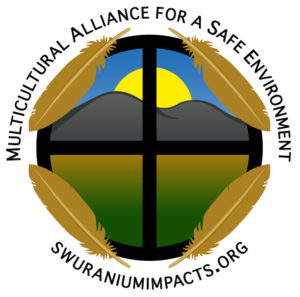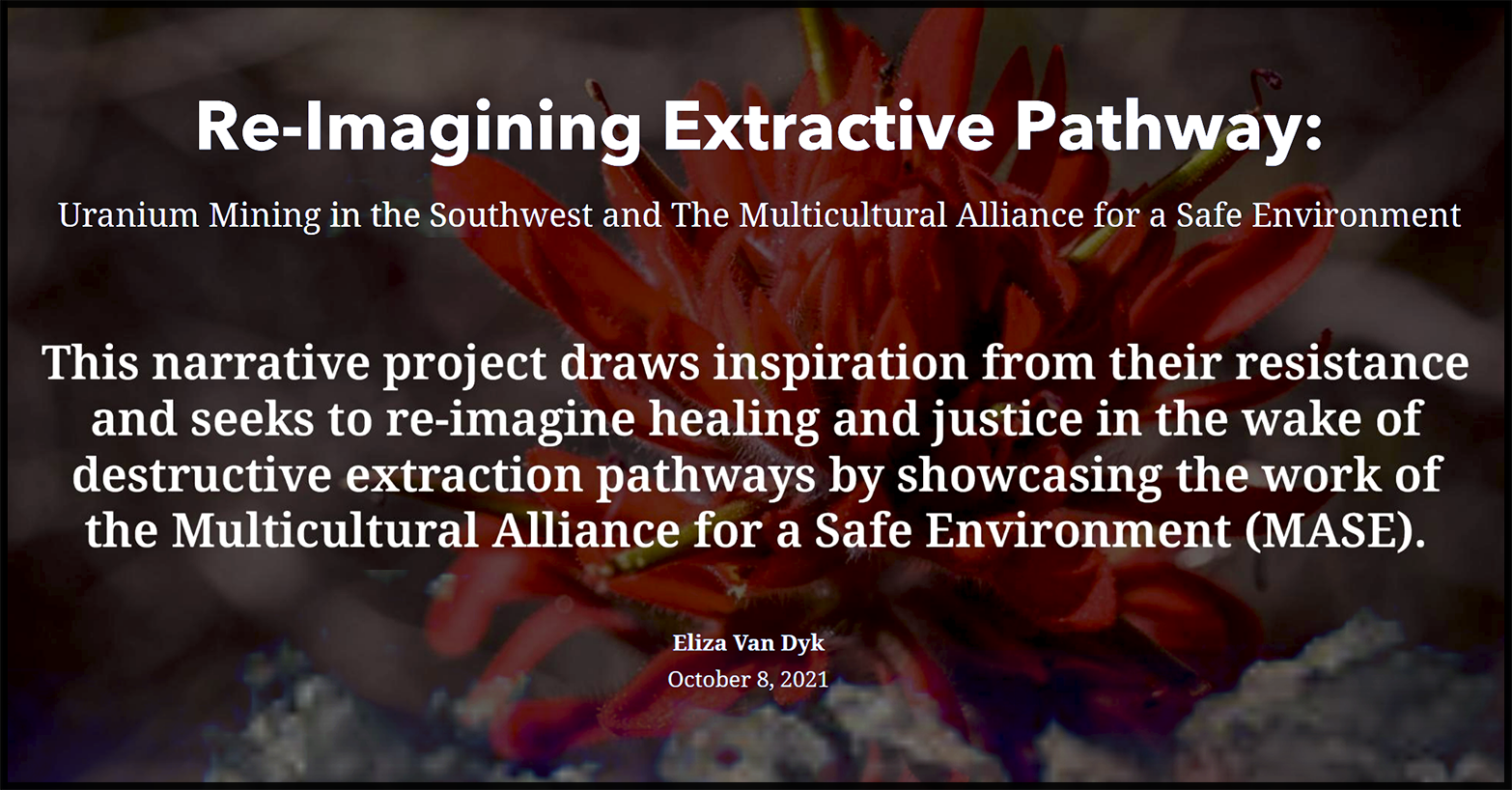New Book: Indians & Energy
 Tuesday, May 10, 2011– Indians & Energy: A new book called “Indians & Energy” explores the ways people have transformed natural resources in the American Southwest into fuel supplies. Not only do Native Americans possess a large percentage of the Southwest’s total acreage, but much of the region’s coal, oil and uranium resources reside on tribal lands. Tribes are also being encouraged to develop solar and wind power as energy resources. What will guide our decisions as we move into the future? Guests are environmental anthropologist Barbara Rose Johnston, and Garrit Voggressor of the National Wildlife Federation. Native America Calling is a nationally syndicated public radio program based in Albuquerque, New Mexico. Listen locally on KUNM 89.9 from 11 AM to 12 PM, daily. To find a station near you, click here. Listen online at nv1.org. More Information about the book, Indians & Energy: Exploitation and Opportunity in the American Southwest: (from Amazon.com) Indians & Energy explores the ways people have transformed natural resources in the American Southwest into fuel supplies for human consumption. Not only do Native Americans possess a large percentage of the Southwest’s total acreage, but much of the nation’s coal, oil, and uranium resources reside on tribal lands. Regional weather and climate patterns have also enabled Native people to take advantage of solar and wind power as sources of energy; however, complex issues related to energy and Indians transcend the region and the nation. The contributors believe that the lessons of the Southwest can illuminate broader trends in other places. Their intent is not to end but to join the conversation and encourage others to do the same. They consider the intricate relationship between development and Indian communities in the Southwest with the hope that an understanding of patterns in the past might be useful in guiding policies and decisions in the future. Published in cooperation with the William P. Clements Center for Southwest Studies, Southern Methodist University.
Tuesday, May 10, 2011– Indians & Energy: A new book called “Indians & Energy” explores the ways people have transformed natural resources in the American Southwest into fuel supplies. Not only do Native Americans possess a large percentage of the Southwest’s total acreage, but much of the region’s coal, oil and uranium resources reside on tribal lands. Tribes are also being encouraged to develop solar and wind power as energy resources. What will guide our decisions as we move into the future? Guests are environmental anthropologist Barbara Rose Johnston, and Garrit Voggressor of the National Wildlife Federation. Native America Calling is a nationally syndicated public radio program based in Albuquerque, New Mexico. Listen locally on KUNM 89.9 from 11 AM to 12 PM, daily. To find a station near you, click here. Listen online at nv1.org. More Information about the book, Indians & Energy: Exploitation and Opportunity in the American Southwest: (from Amazon.com) Indians & Energy explores the ways people have transformed natural resources in the American Southwest into fuel supplies for human consumption. Not only do Native Americans possess a large percentage of the Southwest’s total acreage, but much of the nation’s coal, oil, and uranium resources reside on tribal lands. Regional weather and climate patterns have also enabled Native people to take advantage of solar and wind power as sources of energy; however, complex issues related to energy and Indians transcend the region and the nation. The contributors believe that the lessons of the Southwest can illuminate broader trends in other places. Their intent is not to end but to join the conversation and encourage others to do the same. They consider the intricate relationship between development and Indian communities in the Southwest with the hope that an understanding of patterns in the past might be useful in guiding policies and decisions in the future. Published in cooperation with the William P. Clements Center for Southwest Studies, Southern Methodist University.





